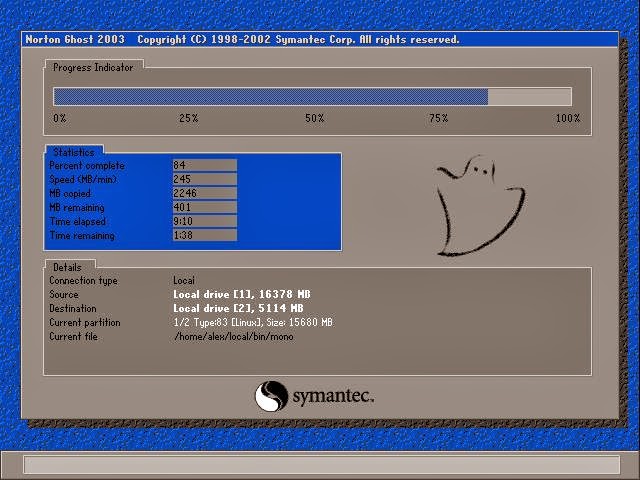
Data transfers, whether internal or external, are parity checked and check-summed. I don't understand the concept of data corruption being more likely on an external drive. What matters most is the reliability of the data. Therefore the dangers of a corrupted restore are greater.Įfficiency, or speed, are not important when the goal is to prevent data loss. Its actually worse because the connections aren't as efficient as the internal ones,certainly with USB and in my case- had problems downloading and restoring with it. In a sense, this can be seen as "further away" - so far that the signal and power cables won't reach - and saf*er* still than the external that is always connected. Of course, the chances of the backup drive being spared is better if it is disconnected from the primary and the AC power. Physical damage, power surges, and beverage spills can happen to the case holding the primary drive but the backup drive might be spared. Moving the backup drive to an external case makes it safe*er*. A beverage spill that gets in the case can cause a short-circuit and burn out all the internal hardware. A system with poor or no surge protection can be killed by power spikes, voltage spikes, and other irregularities. A lightning strike, even on a surge protected system, can burn out all the internal hard drives. The physical damage was discussed above - a shock to the case can potentially kill all internal drives, primary and backup. Moving the backup drive farther away from the primary reduces the chance of the possible, probable from happening to both drives. The key word is "safer", meaning more safe not perfectly safe. We only want to deal with the possible that is probable or, better yet, known to happen.Ĭan't see any logic whatsoever to your strange statement that "The farther away the backup data is, the safer it is". There are plenty of scenarios that are possible, but most of them are improbable. Yes, that illustrates an important point.

Its like insurance-if you are a belt and braces type, you no doubt will insure against a giraffe falling from the sky and injuring you.! A laptop (we're imagining a 2-drive laptop here) could be dropped, and so on. A system could be accidentally kicked or hit by a swinging door or what have you. Some folks keep a minitower on a desk and if it were to fall, that kind of physical shock might damage the drive heads, especially if they are not parked. If there is a word or phrase for that, I don't know it. Maybe if you work in a zoo! Any sudden hard impact that can crash the heads of both drives is what I was getting at. Whats blunt force trauma-a hippo falling on it? Especially since in a mirror, both drives will have the same power-on hours (POH).
NORTON GHOST 11.5 INSTRUCTIONS SERIAL
However, using two drives from the same lot, for example with sequential serial numbers, dramatically increases the (admittedly small) chance of a two drive failure. When creating a RAID 1 (mirror) array, using identical drives is recommended.

There is an interesting twist to this idea, though. If the primary drive fails ("destructs") due to wear and tear, poor manufacture, design flaws, or any other situation that is independent of outside forces, chances are extremely good that the backup drive will still be working. Use of an internal hard drive for backing up the primary drive is quite safe. Mikisu wrote: the chances of two disks destructing at the same time are very small indeed.Īgreed. Using an internal disk drive was mentioned as was the idea that using an external drive or location would be safer. In another thread, the discussion of where to store backup data came up.


 0 kommentar(er)
0 kommentar(er)
